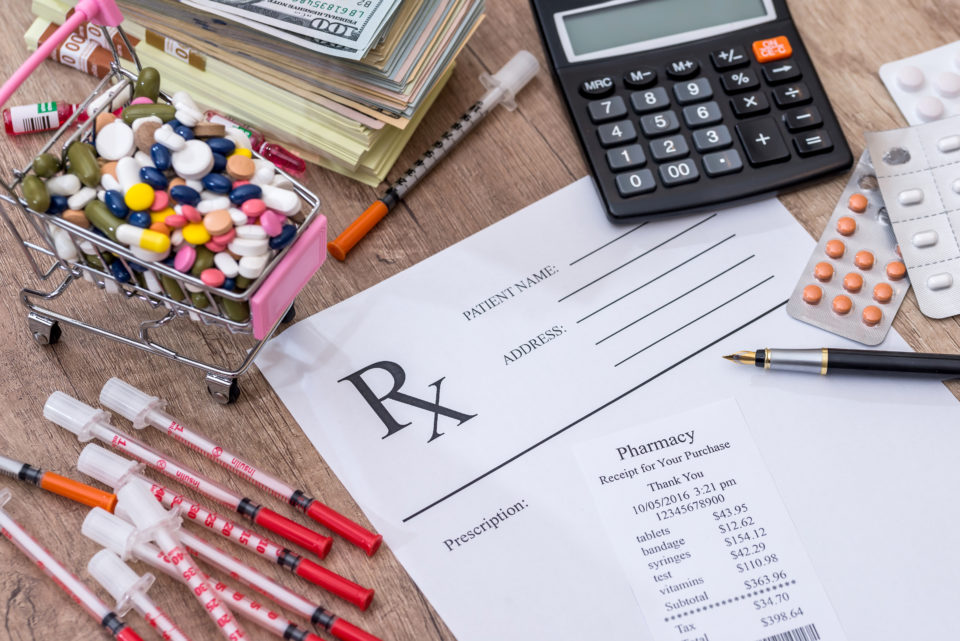
Recent surges in insulin prices has put many diabetics in a position where they may be unable to purchase the drug. Skyrocketing from $40 a vial to $130 from 2002 to 2013, it is understandable why the current price tag on insulin can be intimidating. These vials usually last a diabetic one to two weeks, making treating the disease an extremely expensive cost.
Yale University recently conducted a study to evaluate the impact these elevated prices are having on those with diabetes. The Yale group surveyed 199 diabetics in the New Haven area, asking them six questions about insulin’s affordability, such as “Did you use less insulin than prescribed because of cost?” and “Did you not fill an insulin prescription because of cost?”. Insulin underuse was defined as a positive response to one or more of the questions.
The price of insulin in Norway is TEN PERCENT of the price in the US. They also have significantly lower HbA1c values than in the US. #ADA2018 @AmDiabetesAssn #Insulin4all
— Brittany Bruggeman, MD (@BBruggMD) June 23, 2018
Using medical records to observe patients HbA1c levels as a measure of blood glucose control, researchers found that those underusing insulin were more likely to have elevated blood sugar levels than those using the proper dosage.
Diabetics with annual income lower than $100,000 were found to be more likely to underuse insulin than those earning more. Ineligibility for Medicaid is the reason why the middle class is likely to be affected most by these high prices, according to one of Yale’s leading researchers, Darby Herkert.
“Families are making decisions. Do I feed my family or stretch the bottle of insulin as long as possible?” – Kristin Sikes, Pediatric Endocrine Nurse at Yale
With no generic alternatives to insulin currently on the market, diabetics who must take the drug have no choice other than to pay these inflated prices. Diabetics aren’t just sitting back and accepting this fate, however. A group of patient activists are pushing for legislation that lowers the cost of insulin. The American Medical Association has taken action as well, issuing statements for price transparency and closer monitoring of insulin pricing.
Source: NY Times

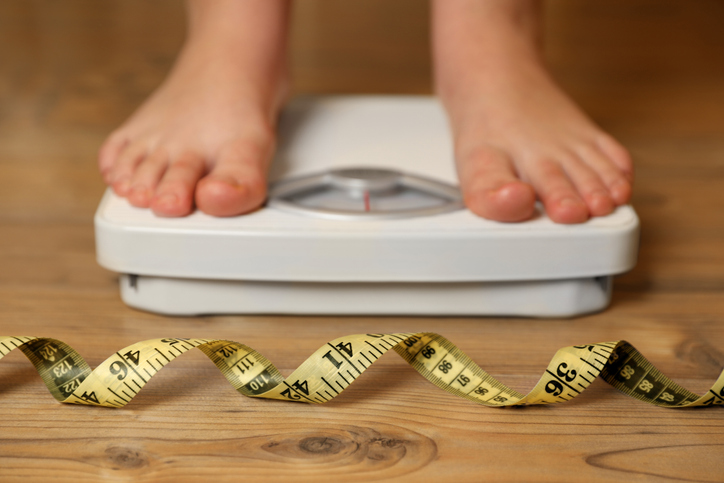

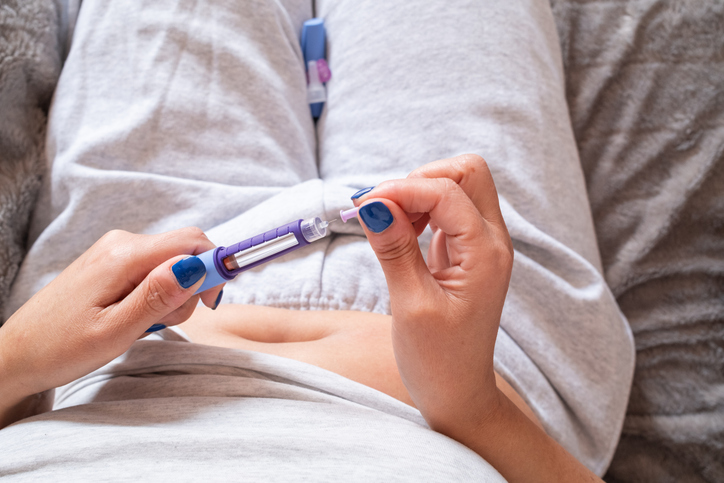
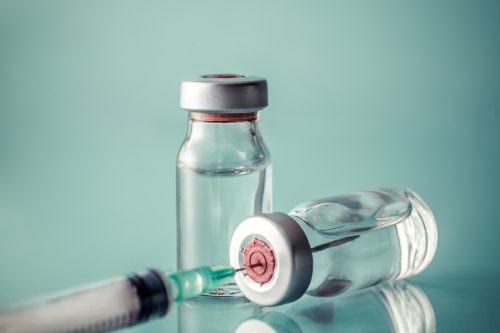
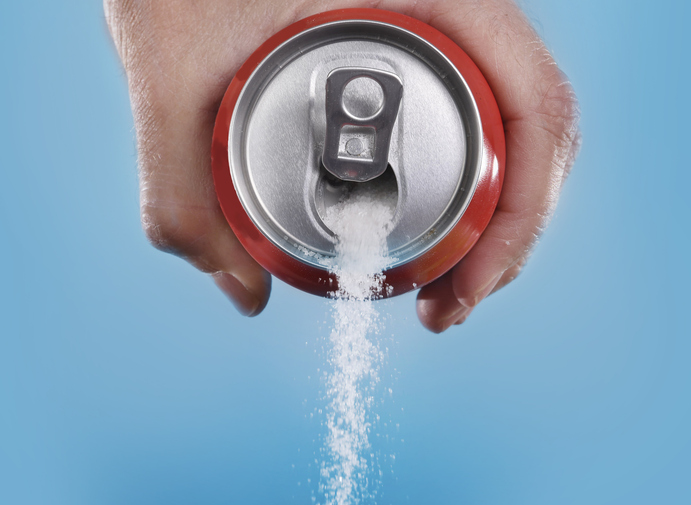

 © 2025 Mashup Media, LLC, a Formedics Property. All Rights Reserved.
© 2025 Mashup Media, LLC, a Formedics Property. All Rights Reserved.